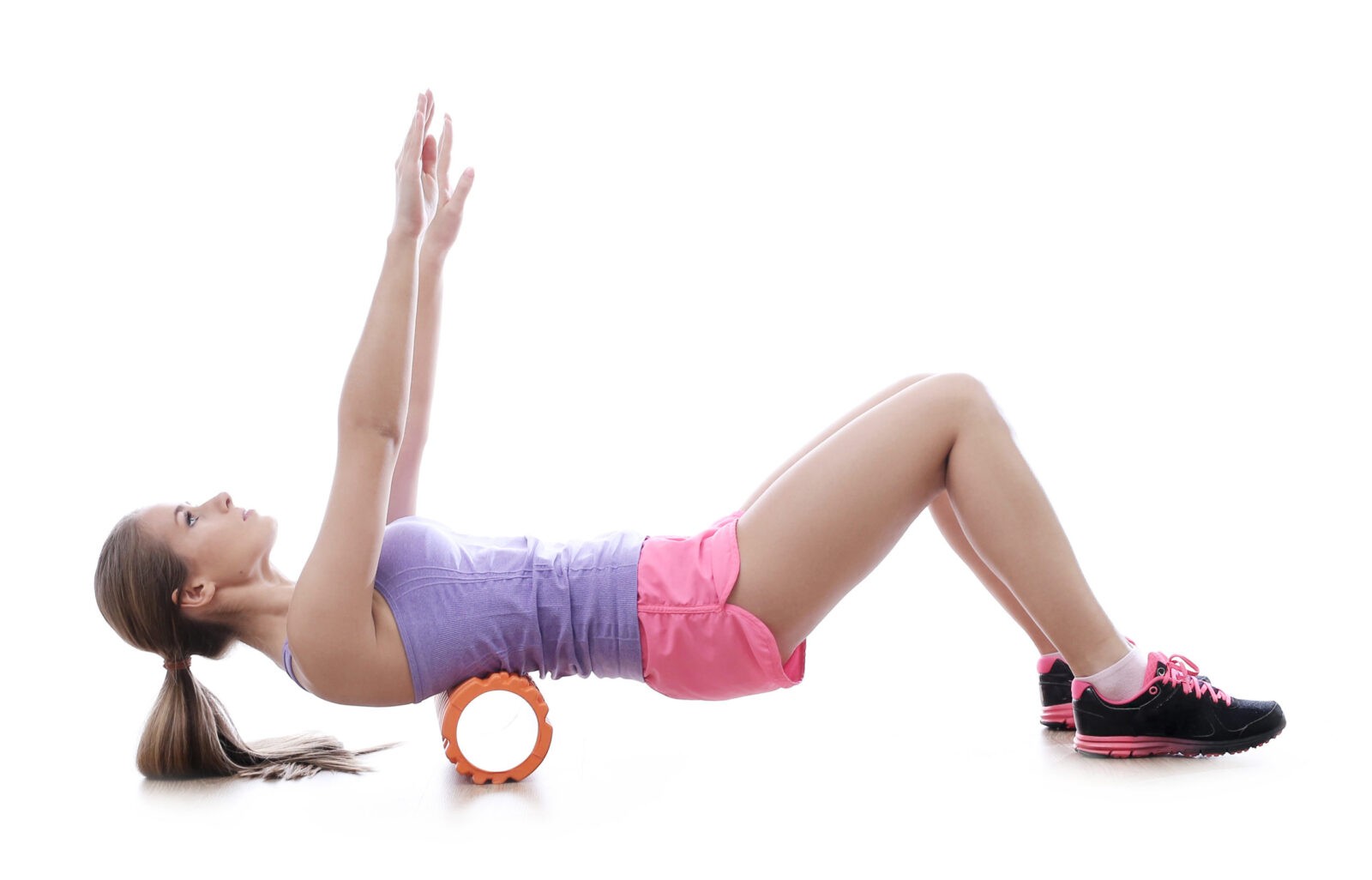Do Foam Rollers Work? An Evidence-Based Review
Foam rolling is believed to improve muscular performance and flexibility, reduce work out-related soreness, slash recovery time, and knock out muscle pain. For these reasons, the foam rollers have become increasingly popular in the last decade.
Being a frequent user of foam rollers and prescribing it as part of self-managing exercises to my patients, I ask myself: Do foam rollers actually work? Is it worth enduring the pain and discomfort when I am slowly rolling out my muscles?
Current research conducted into the efficacy of foam rollers includes:
RANGE OF MOTION & MUSCLE PERFORMANCE
Two recent systematic reviews (in 2019 and 2015) suggest that foam rolling may provide short-term (10 mins) benefit for joint range of motion without affecting muscle performance. This could potentially make foam rolling a viable alternative to static stretching prior to exercise, as it does not affect muscle performance in the way that static stretching does. 1,3
It is also important to note that foam rolling has been shown to be more effective when combined with old school static stretching. 4
DELAYED ONSET MUSCLE SORENESS & RECOVERY
Using a foam roller for 10 to 20 minutes after high intensity exercise has been shown to reduce delayed onset muscle soreness. Additionally, the pain level may be further reduced with 20 mins of continued foam rolling over a three-day period.1
ARTERIAL FUNCTION, ENDOTHELIAL FUNCTION AND PARASYMPATHETIC NERVOUS SYSTEM ACTIVITY
There is weak evidence to suggest that foam-rolling may also activate the parasympathetic nervous system activity,5 and improve arterial and endothelial function.6
Like massage, foam rolling may reduce stress, relax your nervous system, which subsequently quietens your body’s pain-detection centers and improves pain tolerance.
HOW TO USE FOAM ROLLERS
I typically roll each muscle group for two mins with a slow pace, taking at least 15 seconds to complete a cycle, rolling from the origin to the insertion of a muscle and back.
POTENTIAL RISKS OF FOAM ROLLING
Foam rolling can add high mechanical pressure to the soft tissues, bones, nerve receptors and blood vessels.2 Therefore patients with peripheral neuropathy, diabetes mellitus, osteoporosis, as well as patients with an increased risk of developing a deep vein thrombosis should avoid using foam rollers.2
If you have any questions or concerns regarding how you to use a foam roller, please consult your physiotherapist or any health professional. You can see one of our expert physiotherapists for advice by booking online. Alternatively, you can call us on (02) 9267 3775.
References
- Cheatham, S. W., Kolber, M. J., Cain, M., Lee, M. (2015), The Effects of Self-Myofascial Release Using A Foam Or Roller Massager On Joint Range Of Motion, Muscle Recovery, And Performance: A Systematic Review. International Journal of Sports Physical Therapy, 10(6): 827–838.
- Freiwald, J., Baumgart, C., Kuhnemann, M., & Hoppe, M. W. (2016). Foam Rolling in sport and therapy — Potential benefits and risks Part 2. Sports Orthopaedics and Traumatology, 32(3): 267–275.
- Hendricks,S., Hill,H., den Hollander, S., Lombard, W.,Parker, R. (2019), Effects of foam rolling on performance and recovery: A systematic review of the literature to guild practitioners on the use of foam rolling. Journal of Bodywork and Movement Therapies. 24(2): 151-174.
- Kay, A. D., & Blazevich, A. J. (2012). Effect of acute static stretch on maximal muscle performance: a systematic review. Med. Sci. Sports Exerc, 44(1):154–164.
- Kim, K., Park, S., Goo, B.O., Choi, S.C., 2014. Effect of self-myofascial release on reduction of physical stress: a pilot study. J. Phys. Ther. Sci.26(11): 1779–1781.
- Okamoto, T., Masuhara, M., & Ikuta, K. (2014). Acute effects of self-myofascial release using a foam roller on arterial function. J. Strength Cond. Res,28(1) 69–73.


